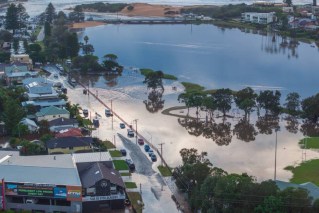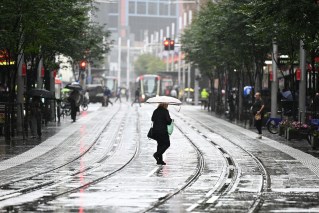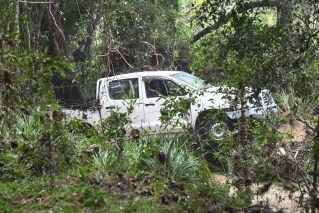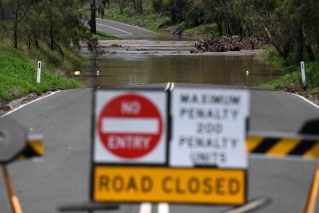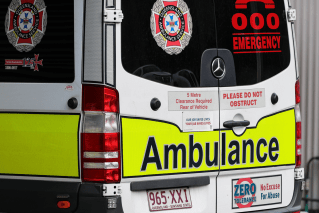Qld ambo transfer times rise significantly
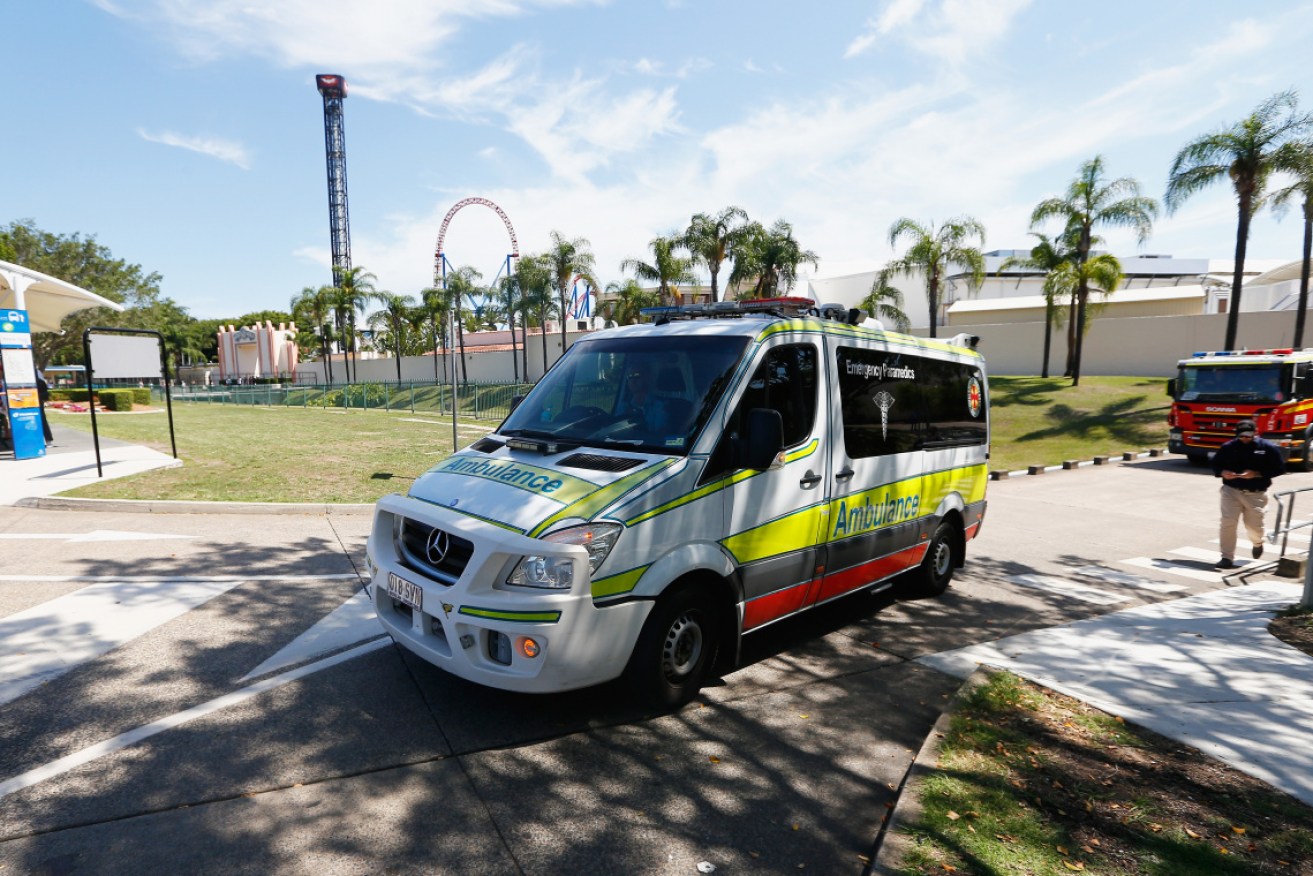
The Queensland Ambulance Service has been told a light plane has crashed in the state's south. Photo: Getty
Time taken for Queensland ambulance crews to transfer patients to emergency departments has “increased significantly over the (past) five years”, an audit has revealed.
If the process takes longer than 30 minutes, inclusive of formal handover and transfer of the patient to an available bed, extra time is considered to be “lost” for the Queensland Ambulance Service, the financial audit report of the state’s health sector released on Thursday said.
“In 2020–21, ambulance lost time for the top 26 hospitals was 111,697 hours—an increase of 76 per cent from 2019–20.”
Patients are looked after by paramedics while they wait, and faster “off-stretcher” times mean more ambulances available to respond to other emergencies.
Demand for ambulance services has also grown significantly in the last five years, particularly for more complex and priority cases, the report found.
Since 2016-17, emergency incidents have increased by 18 per cent and urgent incidents by 19 per cent.
Despite having the highest number of responses in Australia in proportion to population, QAS has achieved better response times for emergency cases than most other jurisdictions, the report said.
The “Care4Qld” strategy, announced in May and aiming to improve access to emergency services, has delivered some improvements, but it is too early to measure its sustained impact.
Meanwhile, the amount of unused staff leave is also increasing throughout the state’s health services, indicating an increase in demand and a workforce under pressure.
Total hours of recreation leave balances increased by about 7.8 per cent from the previous year.
“The growing leave balances will lead to an increase in expenses in the future, as staff take leave and temporary roles are filled to meet the workforce requirements,” the report said.
It also called for a rethink of how hotel quarantine debts are collected, with the responsibility currently landing with Queensland Health.
“In 2020–21, the Department of Health recognised income from quarantine fees totalling $179.4 million. Of this total, $82.5 million was yet to be invoiced,” it said.
“As at 30 June 2021, over 25,000 quarantine invoices had not been processed.”
The department should pass on invoicing and debt collection to another government entity “better suited” to the task, the report recommends.
Procurement and contracting controls also need to be strengthened, it advises.
Overall, fourteen of the 16 health services reported an operating surplus, and only two reported an operating loss, the report said.
The combined result in 2020-21 was a $33 million surplus, which follows a $82 million loss in 2019-20.
“This was partly due to the Australian Government guaranteeing its funding in 2020–21, in recognition of the impact of COVID-19,” the report said.
– AAP


